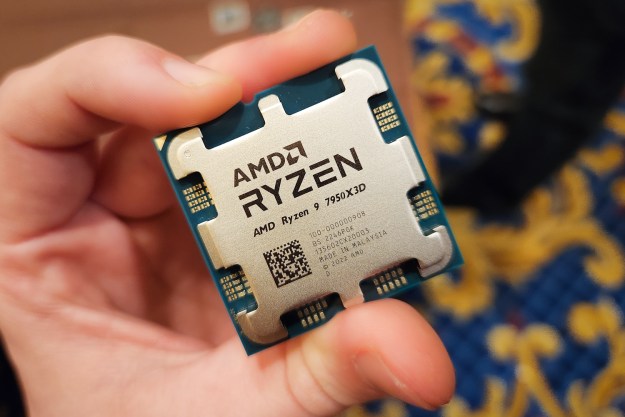
When Internet giant Google purchased YouTube back in October of 2006, industry watchers wondered what would happen to Google Video, the company’s existing but not widely used video sharing service. The answer started tp appear in early 2007 when Google announced Google Video would tie into YouTube content; now, the company is taking another step towards transforming Google Video into an Internet video search portal, enabling the site to index video content from competing online video sites like Yahoo, the BBC, MySpace, Vimeo, and Metacafe.
The video seach service currently only includes a handful of specific video sharing sites, and may not yet index all video content available from the sites. When users view a video search hit, they’re presented with an interface similar to Google’s image search in which an upper frame lets users get back to their Google Video search results while displaying the found video in context on the original site’s page. Some sites are less friendly with this approach than others, and there are already reports some video hosting sites are (perhaps inadvertently) breaking Google’s interface through the use of redirection and other traffic management techniques.
The utility of Google’s expanded video search may be limited now, since many folks who are determined to share their viral videos with the world tend to post them to many services, with the result that many search hits presented via Google Video are duplicate hits from several sites. However, as Google integrated its video search capabilities with the company’s larger-scale Universal Search, the results may prove more useful for some search users.
Editors' Recommendations
- Microsoft Word free trial: Get a month of service for free
- 5 web browsers you should use instead of Google Chrome or Edge
- How to download a video from Facebook
- NordVPN free trial: Try the service for free for a month
- How to download YouTube videos for offline viewing


